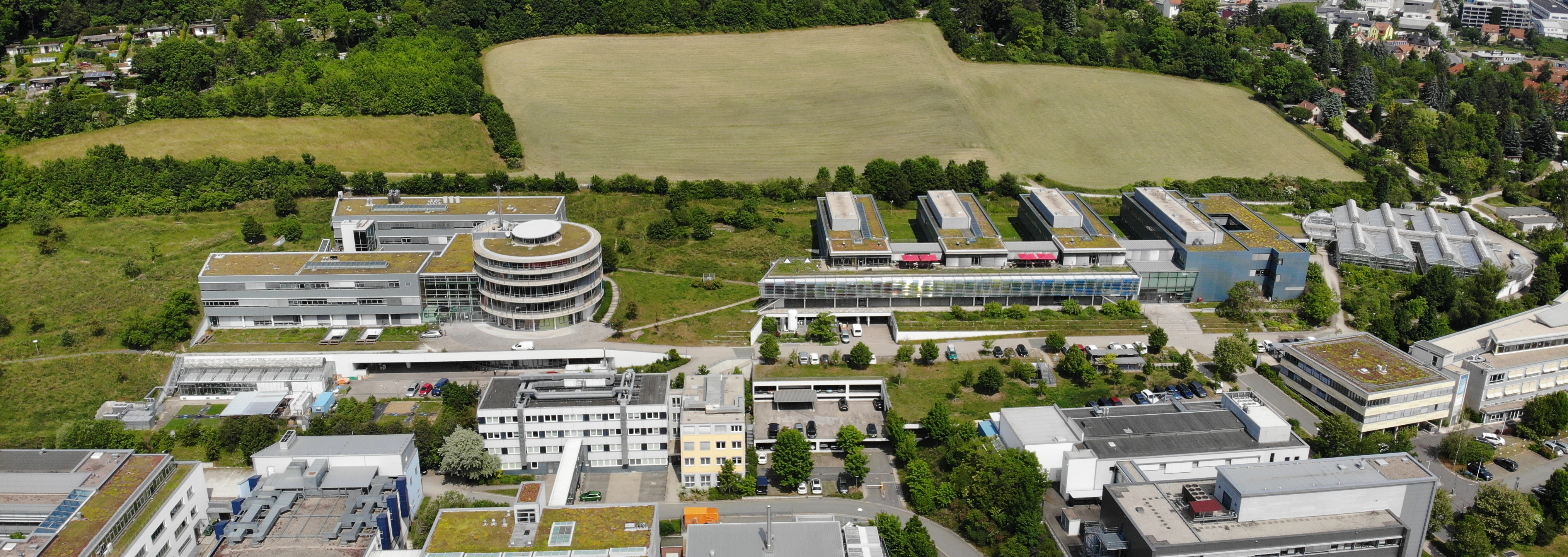
KEYNOTE
Deforestation, climate change, and the making of Earth system science: a 25-year (and more) perspective
3rd June 2022 | 3:00 pm – 3.30 pm
Hans-Knöll-Straße 10, 07745 Jena, Germany
BGC Lecture Hall
Zoom: will be provided
Session 4 – Global Modeling and Feedbacks (Sönke Zaehle, moderator)
3rd June 2022 | 1.30 pm – 3.25 pm
Abstract
The past 25 years have seen Earth system science emerge as the paradigm to study planetary change. It is marked by the evolution from models of the physical climate system to now Earth system models with terrestrial and marine ecosystems and biogeochemistry. The rise of Earth system models was enabled by the development of global terrestrial biosphere models that simulate land surface processes, the exchanges of energy, water, and chemicals with the atmosphere, and long-term vegetation dynamics and biogeochemical cycles. Terrestrial biosphere models themselves represent a transformation from an initial geophysical conceptualization of the land surface without plant canopies to a biogeophysical and then biogeochemical representation of terrestrial ecosystems. Development of the models paralleled advances in eddy covariance flux towers over the past 25 years. There has also been a revolution in ecosystem experiments to understand how the biosphere is responding to global change and to incorporate this knowledge into models. Taken together, the models, observations, and experiments have shown the importance of the biosphere in setting the magnitude and trajectory of climate change. The biosphere is increasingly seen as essential to solving the climate problem through nature-based climate solutions. This is the promise of Earth system science – that the planet must be studied as a system, without disciplinary barriers, and that we now have the knowledge to purposely manage the planet for climate. The notion of Earth as a system precedes the past 25 years by many decades. It is a centuries old idea, borne from a multi-century controversy about first deforesting the world and then reforesting the planet to purposely change climate. The idea that forests affect climate was resoundingly rejected by meteorologists more than a 100 years ago in the culmination of a centuries-long controversy, but is now reborn with Earth system science. The historical forest-climate controversy shows the difficulty of communicating across disciplines, and the Earth system view of climate presents new interdisciplinary challenges in an academically fragmented science. Much of the science, especially the modeling, is defined by geophysical atmosphere and ocean scientists studying the fluid world. Ecologists and biogeochemists studying the living world increasingly have a voice in Earth system science as we move beyond the physical basis for climate change to Earth system prediction for planetary stewardship.
Biography
Gordon Bonan is a senior scientist in the Climate and Global Dynamics Laboratory of the National Center for Atmospheric Research (Boulder, Colorado, USA). He studies the interactions of terrestrial ecosystems with the atmosphere. This research integrates terrestrial plant ecology, biogeochemistry, hydrology, and atmospheric sciences to study terrestrial ecosystems, their responses to climate change, feedbacks that amplify or mitigate climate change, and also anthropogenic changes in land cover, land use, and ecosystem functions that alter climate. His research discovers and advances knowledge of the processes by which natural and human systems affect climate; represents this understanding in models of Earth’s biosphere, atmosphere, hydrosphere, and geosphere system; and applies the models to serve societal needs for planetary habitability and sustainability. He is the author of Ecological Climatology: Concepts and Applications (3rd edition, 2016), Climate Change and Terrestrial Ecosystem Modeling (2019), and Seeing the Forest for the Trees: Forests, Climate Change, and Our Future (forthcoming) published by Cambridge University Press. Ecological Climatology describes why terrestrial ecosystems are an essential component of climate science; explains the physical, chemical, and biological processes by which ecosystems affect climate; and discusses the commonality between climate science and ecology. Climate Change and Terrestrial Ecosystem Modeling describes how to mathematically represent terrestrial ecosystems in numerical models of climate. Seeing the Forest for the Trees tells the multi-century history of humankind’s use of forests to improve climate, first by deforesting the world and then by reforesting cleared lands. Now, in the twenty-first century, forests are again seen as providing a natural solution to climate change. He is a fellow of the American Geophysical Union (2013), the American Meteorological Society (2018), and the Ecological Society of America (2019). He presented the American Geophysical Union “Tyndall History of Global Environmental Change Lecture” in 2020.
